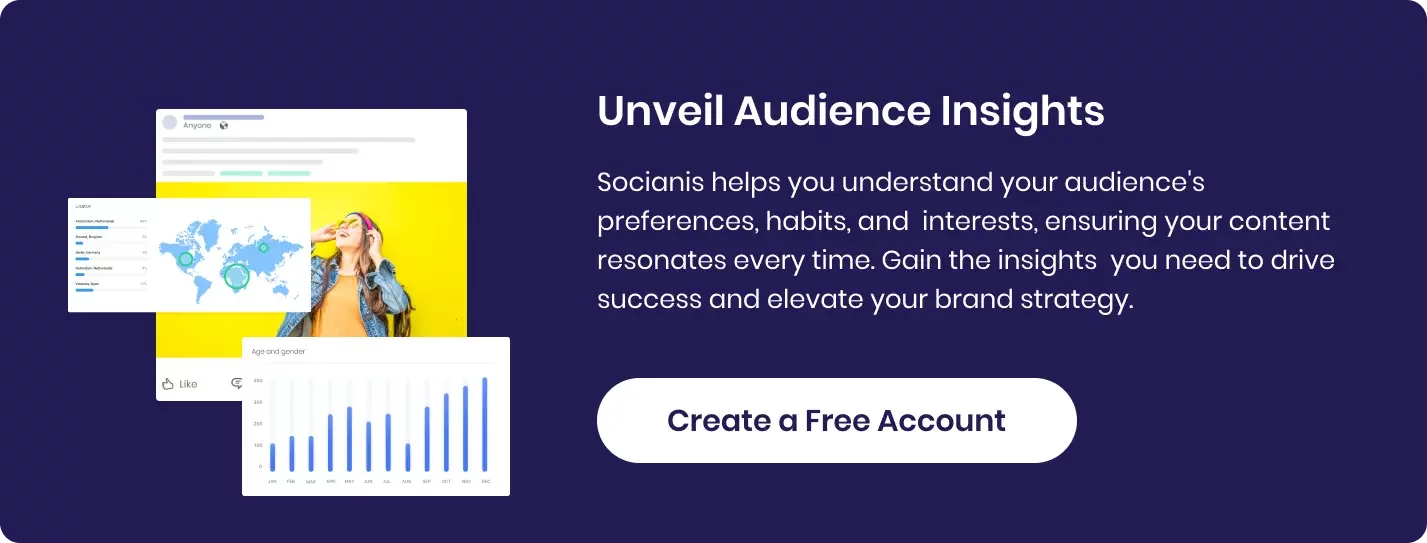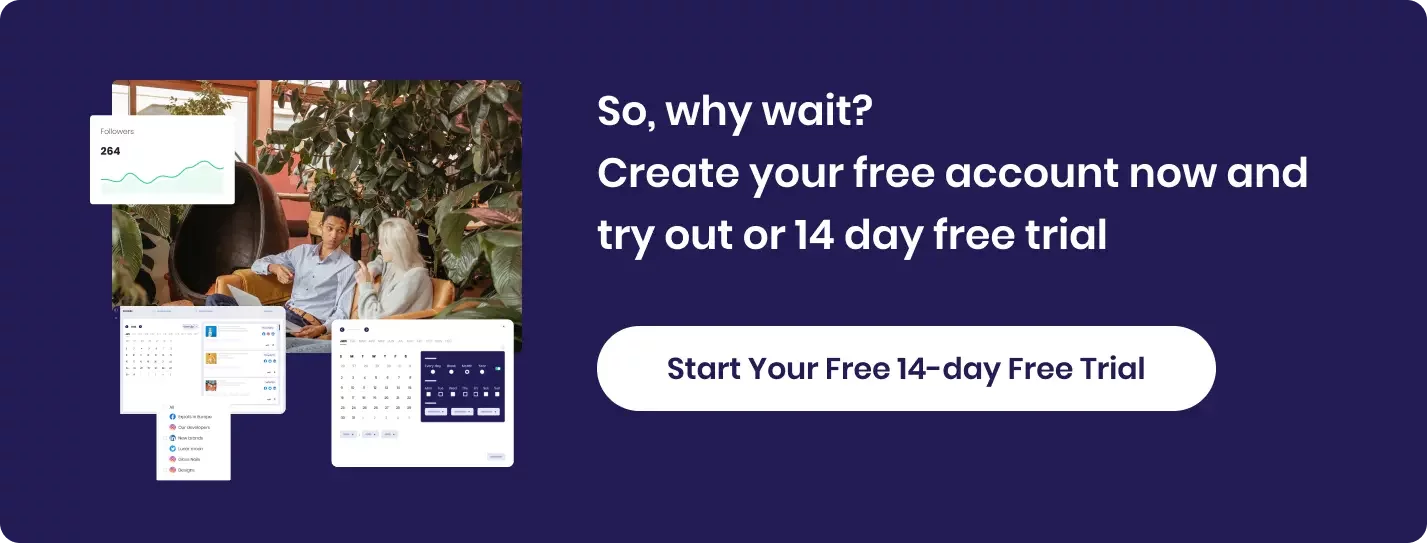Impressions vs. Reach: Understanding the Differences and Their Relevance

Impressions vs. Reach: Understanding the Differences and Their Relevance
In the world of digital marketing, understanding key metrics is crucial for measuring the success of your campaigns and strategies. Two of the most commonly discussed metrics are impressions and reach. While they may seem similar at first glance, they serve different purposes and provide distinct insights. This blog post aims to delve into the differences between impressions and reach, explain their relevance, and explore how they can be analyzed using various tools.
What Are Impressions and Reach?
Impressions
Impressions refer to the total number of times your content is displayed, regardless of whether it is clicked or not. Each time your ad or post appears on someone's screen, it counts as one impression. This metric gives you an idea of the exposure your content is getting.
Example: If a single user sees your ad five times, it counts as five impressions.
Reach
Reach, on the other hand, refers to the total number of unique users who have seen your content. It measures the spread of your message by counting how many individual users were exposed to it at least once.
Example: If your ad is displayed to 100 unique users, the reach is 100, regardless of how many times each user sees the ad.
Why Are Impressions and Reach Relevant?
Understanding Audience Exposure
Both metrics are essential for understanding how widely your content is being distributed and seen. While reach helps you understand how many unique individuals are exposed to your message, impressions help you understand how often your content is being viewed.
Optimizing Ad Spend
By analyzing impressions and reach, marketers can optimize their ad spend. High impressions with low reach may indicate that your ads are being shown repeatedly to the same audience, leading to ad fatigue. Conversely, a high reach with low impressions suggests your content is being seen by a wide audience but not frequently enough to make a significant impact.
Measuring Campaign Effectiveness
Impressions and reach are critical for measuring the effectiveness of a campaign. For example, a campaign with high reach and high impressions indicates broad exposure and repeated engagement with your content, which can be a sign of a successful campaign.

Analyzing Impressions and Reach
Metrics Analysis
To effectively analyze impressions and reach, it's important to look at several key metrics in conjunction with these two figures:
- Engagement Rate: The ratio of interactions (likes, comments, shares) to impressions or reach. A high engagement rate with high reach and impressions indicates successful content.
- Click-Through Rate (CTR): The ratio of clicks to impressions. A high CTR indicates that your content is not only being seen but also prompting action.
- Frequency: The average number of times your ad is shown to a unique user. High frequency with low engagement might suggest ad fatigue.
Tools for Analysis
Several tools can help you analyze impressions and reach effectively:
Google Analytics
Google Analytics provides detailed insights into website traffic, including impressions and reach for your digital ads. It allows you to track how users interact with your content and measure the effectiveness of your campaigns.
Facebook Insights
For social media campaigns, Facebook Insights is an invaluable tool. It provides detailed data on impressions, reach, and engagement for your posts and ads, helping you understand your audience and optimize your content strategy.
X Analytics
X Analytics offers similar features, providing data on tweet impressions, reach, and engagement. It helps you track the performance of your tweets and understand what resonates with your audience.
Instagram Insights
Instagram Insights is essential for analyzing the performance of your posts and stories on Instagram. It provides data on impressions, reach, engagement, and more, allowing you to refine your content strategy.
LinkedIn Analytics
For B2B marketers, LinkedIn Analytics provides data on impressions, reach, and engagement for your LinkedIn posts and ads. It helps you understand the effectiveness of your content in reaching professional audiences.

Practical Applications of Impressions and Reach
Case Study: E-commerce Campaign
Let's consider an e-commerce company launching a new product. The marketing team runs a social media ad campaign across Facebook and Instagram. Here's how they can use impressions and reach to analyze and optimize their campaign:
-
Initial Analysis:
- Impressions: 500,000
- Reach: 100,000
- Engagement Rate: 2%
The initial analysis shows that the ads are being displayed frequently, but the engagement rate is relatively low.
-
Adjusting the Strategy:
- The team notices that certain demographics (e.g., 18-24 age group) have higher engagement rates.
- They adjust their targeting to focus more on this age group.
-
Re-evaluating Results:
- Impressions: 300,000
- Reach: 80,000
- Engagement Rate: 5%
After adjusting the targeting, the reach decreased slightly, but the engagement rate improved significantly, indicating that the content is resonating better with the target audience.
Case Study: Blog Content
A tech blog wants to increase its readership and engagement. They publish a series of articles and promote them on Twitter. Here's how they can use impressions and reach:
-
Initial Metrics:
- Impressions: 50,000
- Reach: 30,000
- Click-Through Rate: 1%
The initial metrics show a decent reach but a low click-through rate.
-
Content Optimization:
- The team reviews which articles had the highest engagement and click-through rates.
- They notice that articles with infographics and how-to guides perform better.
-
Implementing Changes:
- They focus on creating more infographics and how-to guides.
- They also use A/B testing to experiment with different headlines and hashtags.
-
Evaluating Improvements:
- Impressions: 70,000
- Reach: 50,000
- Click-Through Rate: 3%
After optimizing the content and strategy, both impressions and reach increased, along with a higher click-through rate, indicating more effective content promotion.
Best Practices for Using Impressions and Reach
Set Clear Goals
Before analyzing impressions and reach, set clear goals for what you want to achieve. Whether it's increasing brand awareness, driving traffic, or boosting sales, having specific goals will guide your analysis and optimization efforts.
Regular Monitoring
Regularly monitor your impressions and reach to identify trends and patterns. This will help you make timely adjustments to your campaigns and stay ahead of any potential issues like ad fatigue.
Use A/B Testing
A/B testing is a powerful technique to compare different versions of your content and see which performs better in terms of impressions, reach, and engagement. This helps in optimizing your content strategy based on data-driven insights.
Segment Your Audience
Segmenting your audience allows you to tailor your content and ads to specific groups, improving relevance and engagement. Analyze impressions and reach for each segment to understand which demographics are most responsive to your content.
Integrate with Other Metrics
Impressions and reach should not be analyzed in isolation. Integrate them with other metrics like engagement, CTR, and conversion rates to get a holistic view of your campaign performance and make more informed decisions.
Conclusion
Impressions and reach are fundamental metrics in digital marketing that provide valuable insights into the exposure and effectiveness of your content. By understanding the differences between these metrics and how they can be analyzed, marketers can optimize their strategies to achieve better results. Utilizing tools like Google Analytics, Facebook Insights, and Twitter Analytics can help in tracking these metrics and making data-driven decisions. Remember to set clear goals, monitor regularly, use A/B testing, segment your audience, and integrate with other metrics for comprehensive analysis. With these best practices, you can leverage impressions and reach to enhance your digital marketing efforts and drive success.
Understanding and effectively utilizing impressions and reach is essential for any marketer aiming to maximize the impact of their campaigns. By focusing on these metrics and employing the right tools and strategies, you can ensure that your content reaches the right audience and achieves your marketing objectives.

